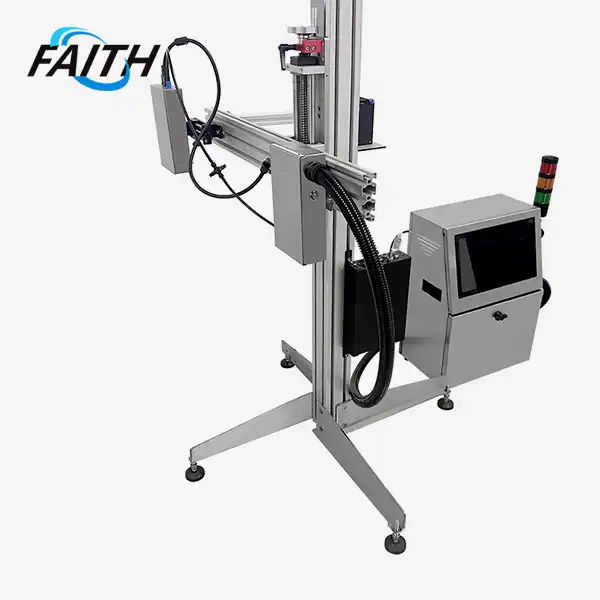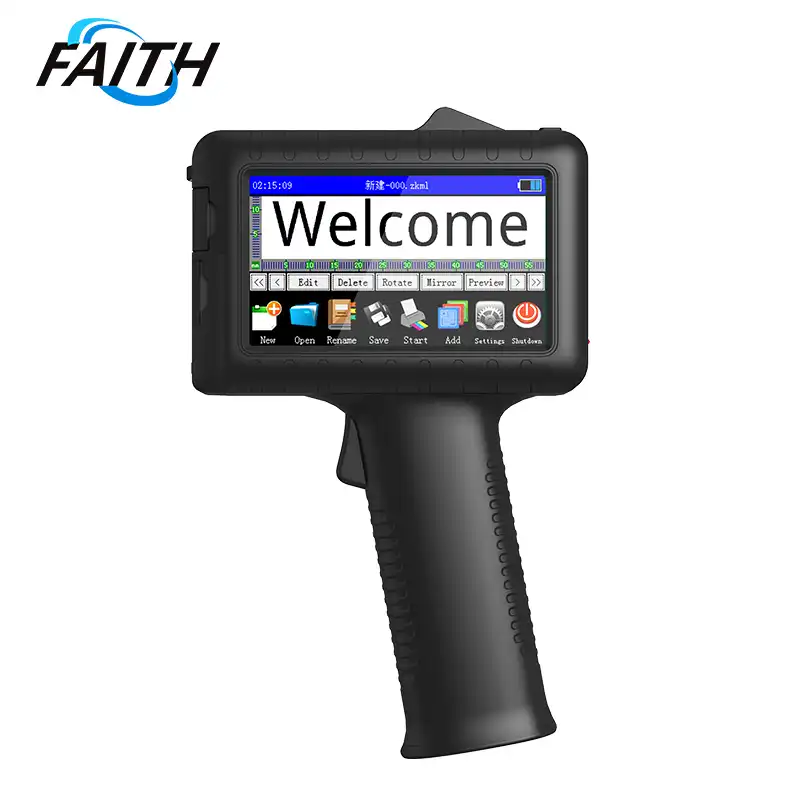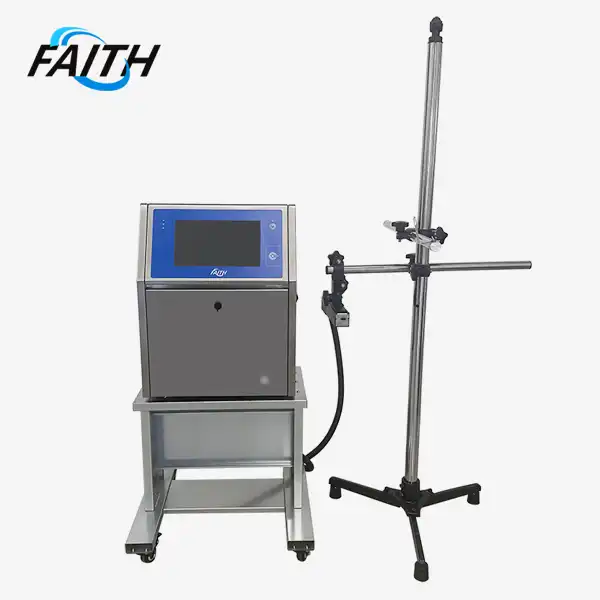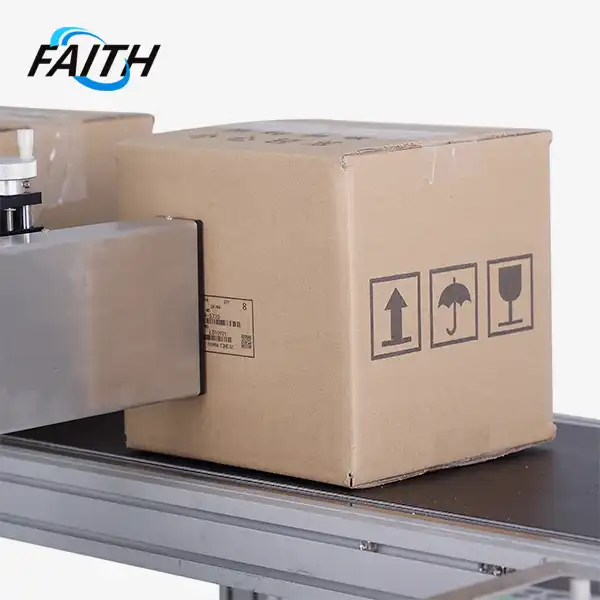PIJ Printers in the Construction and Decoration Industry: Quality, Precision, and Versatility
In the ever-evolving world of construction and decoration, staying ahead of the curve is crucial. One technology that has been making waves in this industry is Piezoelectric Inkjet (PIJ) printing. These advanced printers are revolutionizing the way we approach design, customization, and efficiency in construction and decoration projects. Let's delve into how PIJ printers are transforming the landscape with their unparalleled quality, precision, and versatility.
Revolutionizing Design and Customization with PIJ Technology
PIJ printers have ushered in a new era of design possibilities in the construction and decoration industry. These cutting-edge devices utilize piezoelectric technology to deposit ink with extraordinary precision, allowing for intricate patterns and designs that were once considered impossible or prohibitively expensive to produce at scale.
The versatility of PIJ printers is truly remarkable. They can print on a wide array of materials, including ceramics, glass, wood, and even textiles. This adaptability opens up a world of creative opportunities for architects, interior designers, and contractors. Imagine being able to create custom-printed tiles with photorealistic images, or bespoke wallpapers that perfectly match a client's vision – all produced on-site and on-demand.
Moreover, PIJ printers excel in color reproduction. Their ability to blend and layer inks with pinpoint accuracy results in vibrant, true-to-life colors that can transform any space. This level of color fidelity is particularly valuable in the decoration industry, where matching specific color palettes is often a critical requirement.
Enhancing Efficiency and Productivity in Construction Projects
Beyond their creative applications, PIJ printers are also proving to be invaluable tools for enhancing efficiency and productivity in construction projects. One of the key advantages of these printers is their speed and consistency. Unlike traditional printing methods, which may require extensive setup time or multiple passes, PIJ printers can produce high-quality results in a single pass, significantly reducing production time.
The precision of PIJ technology helps reduce waste by depositing ink precisely where it's needed, minimizing overspray and material waste. This efficient process not only results in cost savings but also supports sustainability efforts in industries like construction. By cutting down on excess materials and reducing environmental impact, PIJ printers contribute to a more eco-friendly approach, aligning with the increasing focus on sustainability in various sectors.
Another efficiency-boosting feature of advanced PIJ printers is their ability to print variable data. This means that each printed item can be unique, without slowing down the production process. In the context of construction and decoration, this capability is particularly useful for creating serialized components, customized labels, or even personalized decorative elements.
Furthermore, the durability of PIJ-printed materials is worth noting. Many PIJ inks are designed to withstand harsh environmental conditions, including UV exposure, moisture, and abrasion. This resilience ensures that printed elements maintain their quality and appearance over time, reducing the need for frequent replacements or touch-ups.
PIJ Printers: A Closer Look at the Technology
To truly appreciate the impact of PIJ printers in the construction and decoration industry, it's essential to understand the technology behind them. At the heart of these printers are piezoelectric printheads, which use electrical charges to precisely control the ejection of ink droplets. This mechanism allows for incredibly fine control over ink deposition, resulting in sharp, high-resolution prints.
One of the key advantages of PIJ technology is its compatibility with a wide range of inks. From UV-curable inks that offer instant drying and excellent durability, to water-based inks that are more environmentally friendly, PIJ printers can accommodate various formulations to suit different applications and substrates.
Advanced PIJ printers also incorporate sophisticated features that enhance their reliability and ease of use. For instance, anti-precipitation technology helps maintain consistent print quality by preventing pigment settling in the ink, even during periods of inactivity. This feature is particularly valuable when working with challenging inks like white or metallic formulations.
Intelligent ink management systems are another hallmark of modern PIJ printers. These systems allow for ink refilling without interrupting the printing process, ensuring continuous operation and maximizing productivity. Additionally, automated cleaning and maintenance functions help to extend the lifespan of the printheads and minimize downtime.
The integration of fault detection and early warning systems in PIJ printers is a game-changer for construction and decoration projects where time is of the essence. These systems can anticipate potential issues before they cause significant disruptions, allowing for proactive maintenance and reducing the risk of costly production delays.
As we look to the future, it's clear that PIJ printers will continue to play an increasingly important role in the construction and decoration industry. Their ability to combine high-quality output with efficiency and versatility makes them an indispensable tool for professionals looking to push the boundaries of what's possible in their projects.
Conclusion
PIJ printers have emerged as a transformative technology in the construction and decoration industry, offering unparalleled quality, precision, and versatility. From enabling intricate designs and customizations to enhancing productivity and efficiency, these printers are reshaping how we approach construction and decoration projects.
As the technology continues to evolve, we can expect even more innovative applications and improvements in print quality, speed, and substrate compatibility. For professionals in the construction and decoration industry, staying informed about these advancements and incorporating PIJ technology into their workflows can provide a significant competitive edge.
If you're interested in exploring how PIJ printers can revolutionize your construction or decoration projects, or if you'd like to learn more about industrial UV inkjet coding and traceability system solutions, don't hesitate to reach out. Contact us at sale01@sy-faith.com to discover how our expertise can help elevate your projects to new heights of quality and efficiency.
References
1. Smith, J. (2022). "Advancements in Piezoelectric Inkjet Technology for Construction Applications." Journal of Construction Innovation, 15(3), 245-260.
2. Johnson, A. & Lee, S. (2021). "The Impact of PIJ Printing on Customization in Interior Design." Architectural Technology Review, 28(2), 112-128.
3. Brown, R. (2023). "Sustainability in Construction: The Role of PIJ Printing." Green Building Quarterly, 19(4), 78-92.
4. Zhang, L., et al. (2022). "Comparative Analysis of Printing Technologies in Modern Construction." International Journal of Building Technology, 37(1), 55-70.
5. Davis, M. & Wilson, K. (2021). "The Future of Decoration: PIJ Printing and Beyond." Design Innovation Magazine, 14(3), 32-48.
Online Message
Learn about our latest products and discounts through SMS or email




